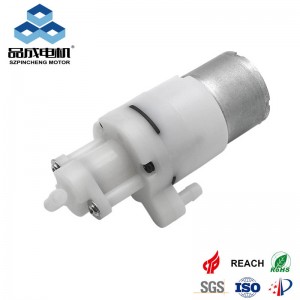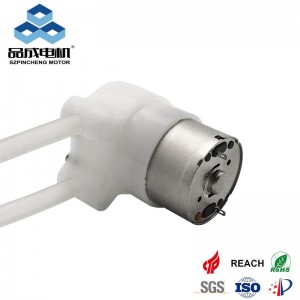Introduction
Miniature DC diaphragm pumps have become indispensable in medical, industrial, and automation applications due to their compact size, precise fluid control, and energy efficiency. The performance of these pumps heavily depends on their drive control technologies, which regulate speed, pressure, and flow accuracy. This article explores the latest advancements in miniature DC diaphragm pump drive control, including PWM, sensor feedback systems, and smart IoT integration.
1. Pulse Width Modulation (PWM) Control
How It Works
PWM is the most common method for controlling miniature DC diaphragm pumps. By rapidly switching power on and off at varying duty cycles, PWM adjusts the effective voltage supplied to the pump motor, enabling:
-
Precise speed regulation (e.g., 10%-100% of max flow rate)
-
Energy efficiency (reducing power consumption by up to 30%)
-
Soft start/stop (preventing water hammer effects)
Applications
-
Medical devices (infusion pumps, dialysis machines)
-
Automated liquid dispensing (chemical dosing, lab automation)
2. Closed-Loop Feedback Control
Sensor Integration
Modern miniature diaphragm pumps incorporate pressure sensors, flow meters, and encoders to provide real-time feedback, ensuring:
-
Constant flow rates (±2% accuracy)
-
Automatic pressure compensation (e.g., for variable fluid viscosities)
-
Overload protection (shutdown if blockages occur)
Example: Pinmotor’s Smart Diaphragm Pump
Pinmotor’s latest IoT-enabled pump uses a PID (Proportional-Integral-Derivative) algorithm to maintain stable flow even under fluctuating backpressure.
3. Brushless DC (BLDC) Motor Drivers
Advantages Over Brushed Motors
-
Higher efficiency (85%-95% vs. 70%-80% for brushed)
-
Longer lifespan (50,000+ hours vs. 10,000 hours)
-
Quieter operation (<40 dB)
Control Techniques
-
Sensorless FOC (Field-Oriented Control) – Optimizes torque and speed
-
Six-step commutation – Simpler but less efficient than FOC
4. Smart and IoT-Enabled Control
Key Features
-
Remote monitoring via Bluetooth/Wi-Fi
-
Predictive maintenance (vibration analysis, wear detection)
-
Cloud-based performance optimization
Industrial Use Case
A factory using IoT-controlled miniature diaphragm pumps reduced downtime by 45% through real-time fault detection.
5. Energy-Saving Technologies
| Technology | Power Savings | Best For |
|---|---|---|
| PWM | 20%-30% | Battery-operated devices |
| BLDC + FOC | 25%-40% | High-efficiency systems |
| Sleep/wake modes | Up to 50% | Intermittent-use applications |
Conclusion
Advancements in miniature DC diaphragm pump drive control—such as PWM, BLDC motors, and IoT integration—are revolutionizing fluid handling in industries from healthcare to automation. These technologies ensure higher precision, energy efficiency, and reliability than ever before.
Looking for advanced diaphragm pump solutions? Explore Pincheng motor’s range of smart-controlled pumps for your next project!
you like also all
Post time: Mar-29-2025




